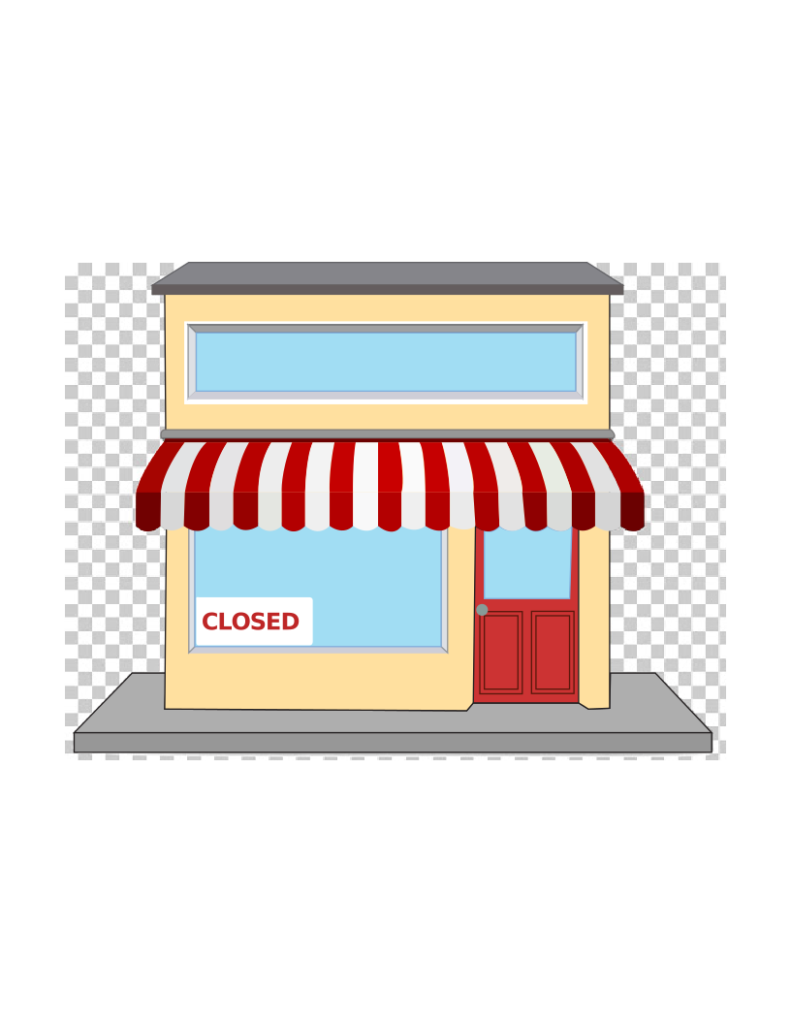On March 19, California governor Gavin Newsom issued a shelter-in-place order due to the COVID-19 pandemic. The once-bustling streets and stores now sit empty and silent, their lights turned off and their doors closed to protect the public and their employees.
The shelter-in-place order that mandates people stay at home and go out only for essential needs such as groceries and supplies. As a result, many businesses deemed non-essential like dine-in restaurants, gyms and salons have closed. Their employees have no means to make a living, and the cost of living in the Bay Area has not significantly decreased either. Tens of thousands of employees have been laid off.
Worries about the decline of the economy, however, should be secondary to fears about the pandemic. The virus can be easily transmitted through direct contact or even through the air, and opening the economy increases the risk of spreading it further as more people will be out in public.
On April 28, Newsom outlined a plan to start re-opening the state, beginning with retail jobs and construction work.
According to the Occupational Safety and Health Administration, people working in stores have a higher risk of contracting the virus. If they are asymptomatic and do not realize they have the virus, they have the potential to spread it even further. All of this would counter the effects of going into quarantine in the first place.
This second phase that Newsom proposed encourages people to go out more, which could increase the number of cases the state sees per day and steepen the curve, undoing all the progress done so far in stopping the spread of the virus.
While the newly opened stores will most likely run like the grocery stores or restaurants by limiting the number of people inside or having people pick items up outside, reopening still poses risks to the community. People who go out more often for non-essential activities will create more opportunities to contract or spread the virus.
From hearing public service announcements to reading and watching the news, many citizens are already familiar with the risks that accompany opening up more businesses and stores. The fear about potentially contracting the virus makes people wary about going to stores and other public places. Sales of Corona beer dropped just because the company shares its name with the virus; employees contracting the virus would hurt businesses even more.
By staying home and following the guidelines of the shelter-in-place, California is already seeing some improvement in the situation. According to Market Watch, the spread of the virus has been slowing after the state’s weeks of social distancing. The Mercury News reported that the number of deaths from the virus dropped 19% from April to May.
The quarantine has cost many people their jobs and incomes, and many companies and small businesses struggle to stay afloat during this pandemic. If California sticks to the quarantine, and citizens continue to stay home, the outbreaks and number of cases would continue to decrease. Staying on our current path would allow the state to become safer sooner, which would allow the economy and businesses to open sooner as well.
States like Georgia and Florida have come out of quarantine already, and while it may help their economy now it will have long-term consequences. Those states will most likely see a resurgence of the outbreak, and since there's no ban on domestic travel, it could add to another outbreak in the country.
A Washington Post article says that doctors are starting to feel hopeful as there are treatments and drugs that increase people’s chances of survival if they have contracted the virus. Until a cure for the virus is discovered, staying at home and social distancing is the best way to reduce the risk and protect the health of the public.
Slate Magazine states that the rush to reopen the economy in hopes of saving the economy would lead to an increased number of deaths from the virus. It would likely trigger a second wave — which could be deadlier than the first, according to ABC news — that could cause another, longer quarantine. A second shelter-in-place would also cause people to lose jobs again and hurt the economy.
In a recent New York Times article, reporter Donald G. MacNeil reports on how scientists fear opening too early could be detrimental to public health. If the virus comes back and cases start rising again, the state would go into another shelter in place, which would mean businesses and stores would have to be closed longer, causing even more damage to the economy. It would be a better idea to first gain control of the pandemic and reduce the risk it poses to the community significantly and then focus on re-opening or creating new jobs.
The system already in place, which has stores open for essential needs and restaurants focusing on take-out and delivery, is the best way to keep the public safe. People are able to get the supplies and food they need, while limiting their interactions and possibility for a further spread of the coronavirus.
Instead of reopening the state and allowing people to go out normally, the government should focus on helping businesses adapt to the new situation. They could help them set up websites and ways for people to order merchandise remotely and either have it delivered or pick it up like they would with take out food.


























